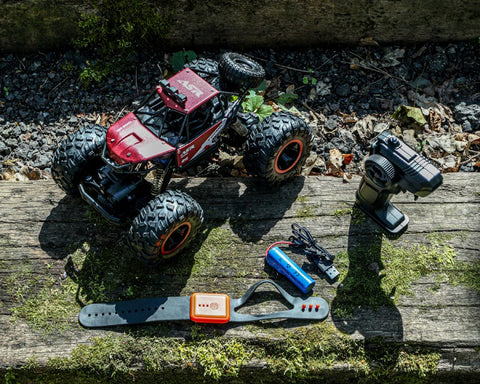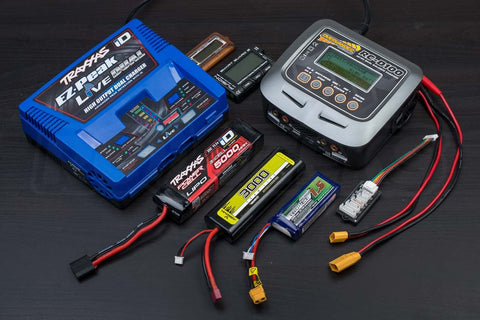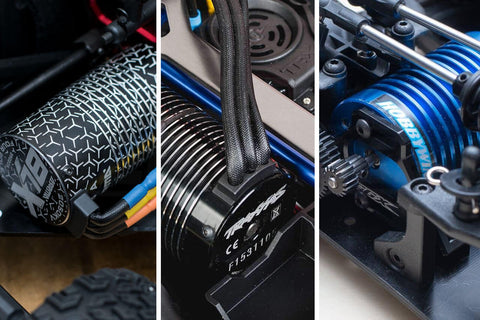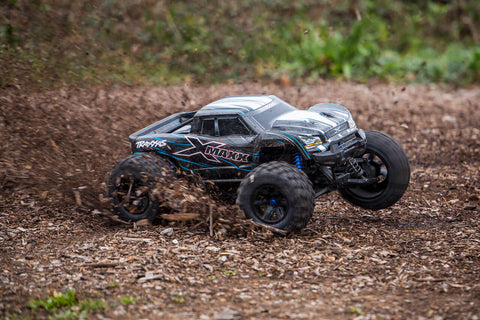2021 Update : Since the authoring of this article, registration requirements for camera drones have changed. For a clearer look at the requirements please see the CAA website for updated information.
Note : This article is not intended as an exhaustive guide to drone law in the UK and users are responsible for their own actions in both registering and flying.
What drones does it apply to?
If the takeoff weight is between 250g and 20kg then it qualifies. This covers pretty much any DJI drone or FPV racer we stock or have stocked in the past three years (with some exceptions) including, but not limited to:
- DJI Phantom, Phantom FC40, Phantom 2, Phantom 3’s, Phantom 4’s
- DJI Mavic Pro, Mavic Air, Mavic 2 Pro, Mavic 2 Zoom
- DJI Spark
- DJI Inspire, Inspire 2
- DJI Matrice, Matrice 200
- EMAX Nighthawk
- Eachine Wizzard X220s
Do I need to be registered or just my drone?
There are two parts to the system, a Flyer ID for the pilot and an Operator ID for those responsible for an aircraft. The individual drones themselves aren’t actually registered. Most of us will need both parts, but in some cases only one or the other apply:
Flyer ID
Anyone who wants to fly a drone needs to pass a basic test on safe flying. So to qualify for a flyer ID you need to complete the online (multiple choice) theory test. There is no minimum age for a Flyer ID ‘but children under 13 can only register with a parent or guardian present’.
Note that if you are already a professional drone operator with a PfCO it is likely that you are exempt from having to undertake the online education training and test, see here for more information.
Operator ID
If you are responsible for a drone then you will require a Operator ID. This could be a person or a legal entity in the case of a company. The CAA state that ‘The operator is responsible for being properly informed and deciding the necessary level of preparation, training, planning and oversight for the conditions and circumstances of the flight. They break down the extensive responsibilities of the operator in detail on this page.
Once registered you must display your operator ID on all of the aircraft you are responsible for. You must be 18 or over to be an operator in the UK thus parents will need to be responsible for their children’s drones and thus also the flights that take place with them.

What does it cost?
Great news, the Flyer ID that we likely all need is FREE. The Operator ID required for those responsible of the aircraft costs £9 and must be renewed annually. Note this is £9 per person, not aircraft.
Is it difficult?
Not really. The test can be taken as many times as required, it consists of 20 multiple choice questions, of which you must answer 16 correctly to pass. You are allowed to refer to the drone code throughout and it is actually linked at the start of the test. Much of the test is common sense and everyone who attempted it at our offices passed first time. Note that this license does not grant you permission to fly for commercial work.
When do I need to renew?
Your Operator ID is valid for a year and needs to be renewed annually at a cost of £9. Your Flyer ID is valid for three years.
How do I get registered?
Visit the CAA website here to begin the registration. As of Jan 2020 the process is as such:
- They will ask for an email address and send a confirmation code to verify it.
- You will be asked if you require an Operator & Flyer ID, or just Flyer ID.
- You will sit the theory test.
- Data is collected for your application such as your given name, family name, date of birth and address.
- You must confirm that you understand your responsibilities over six check-boxes.
- You are asked to double check the information given.
- Payment is taken for your operator license (if applicable).
- Your Flyer ID and or Operator ID are issued, with copies email to you
Displaying your operator ID
Once you have acquired one, you must label your drones with your operator ID, following these guidelines. The ID must be visible from the outside of the aircraft (not inside the battery bay or hidden behind a flap) displayed on the main body ‘secure and safe from damage’. It should be rendered in block capitals taller than 3mm and should be easy to read when the aircraft is on the ground.

Its advised to use a removable label for the operator ID, allowing it to be removed if you sell it on, or if your ID changes. We used our Dymo label maker to produce sticker strips that were then applied to the front as seen on our Mavic 2Pro and Phantom 4 above. Marking other drones with less bodywork such as the X220s there can be trickier, but with a minimum character height of 3mm there is plenty of room to play with.
Where can I find out more?
The CAA has produced some excellent resources presented in easy-to-digest parts on their website. TLDR? At least familiarise yourself with the drone code for safe and responsible flying.
I don’t want to do this
Registration has been mandatory (by law) since the 30th November 2019. We feel that the system has been made relatively straightforward, affordable and accessible. Whilst it isn’t going to stop people flying drones in a dangerous fashion, there can be some accountability for those that are registered.
We love flying drones and hope that steps like this are a constructive step forward to ensuring the hobby can continue, instead of the blanket bans found in other countries. That said, bear in mind that this registration is only valid for the UK, check with the relevant bodies before taking your drone on holiday with you.

For now, the only other option is to fly a drone that weighs less than 250g. Up until recently that has limited you to some basic drones such as the Tiny Whoop or Ryze’s Tello, however DJI’s recently released Mavic Mini has completely changed our expectations of what is possible for a ‘registration-beating’ drone, check our review of it here.
RC Geeks : Drone Enthusiasts
We’ve been flying drones since the first DJI Phantom was released back in 2013. As such our site is packed full of useful reviews and guides around the hobby, browse our blog site for more.
If you have an opinion on the drone registration requirements, or have noticed any errors in this article, please leave a comment below.



























































































































